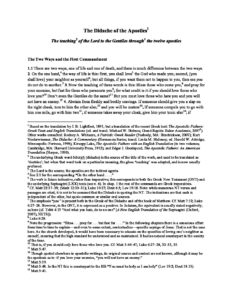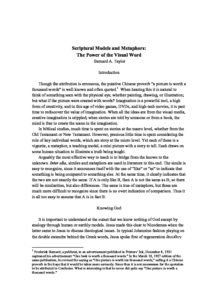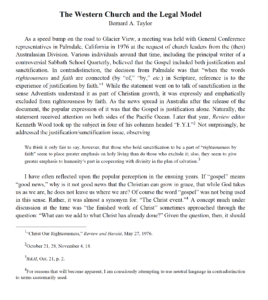SELECT BOOK PUBLICATIONS
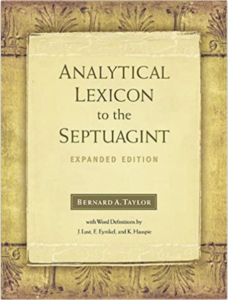
Analyical Lexicon to the Septuagint
Bernard A. Taylor
Analytical Lexicon to the Septuagint
Dr Taylor came to the US with a dream of publishing just such a work. He had no clear path to achieve this goal; no knowledge of computing, few resources, but he persisted. Alan Wright, his father-in-law, provided the first computer. Dr Stephen A. Kaufman introduced him to computers and programing his last semester of classwork at graduate school, and Dr Emanuel Tov of Hebrew University, Jerusalem invited him to join what was then called The Septuagint Lexicon Project, as well as introduce him to Dr Robert Kraft at U. of Penn. With this rich background and their interest, guidance, and encouragement, the Analytical finally saw the light of day with editorial and financial assistance (including adequate computing power) from Zondervan Publishing and Ed Van Der Maas.
This picture is of the second expanded edition with Hendrickson Publishers of Boston, MA.
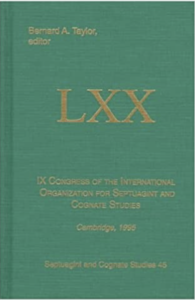
IX Congress of the International Organization for Septuagint and Cognate Studies.
Bernard A. Taylor
In 1995 the Congress was held in Cambridge, and as editor of the Series, Dr Taylor attended with support from Hartnell law offices of Loma Linda, and then edited this volume which required no intervention by the publisher before publication.
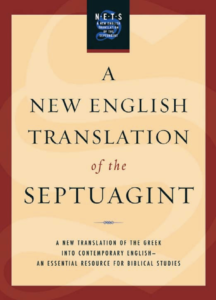
A New English Translation of the Septuagint
Bernard A. Taylor
Dr Taylor served as secretary of the translation committee, and translated 61 chapters in Samuel Kings,
under the editorship of Albert Pietersma and Benjamin Wright. Oxford University Press published the
volume in 2007. It is based upon the best Greek texts available at the time: Göttingen where available,
and Rahlfs when not.
SELECT PAPERS
Didache
This is my translation and annotation of this document. It is the Greek word for “teaching” and short for “The teaching of the Twelve.” While not absolutely certain, it is widely accepted as the earliest known Christian document outside of the Greek New Testament. As such, it provides information indicating how Christianity was developing. The footnotes will help understand the key issues.
Last week we noted that at one time this document was considered for inclusion in the Greek New Testament canon.
Scriptural Models and Metaphors
We have talked some in class about models. This paper provides more detail to deepen your understanding and provide background information as we move into the final phase of my presentations.
The Western Church & the Legal Model
The focus for the next three weeks is on this model. In fact, this paper ends where we begin on Sept. 19. If you are unable to find time between now and then, do not let that keep you away from class. You can still read it next week, or not at all.
